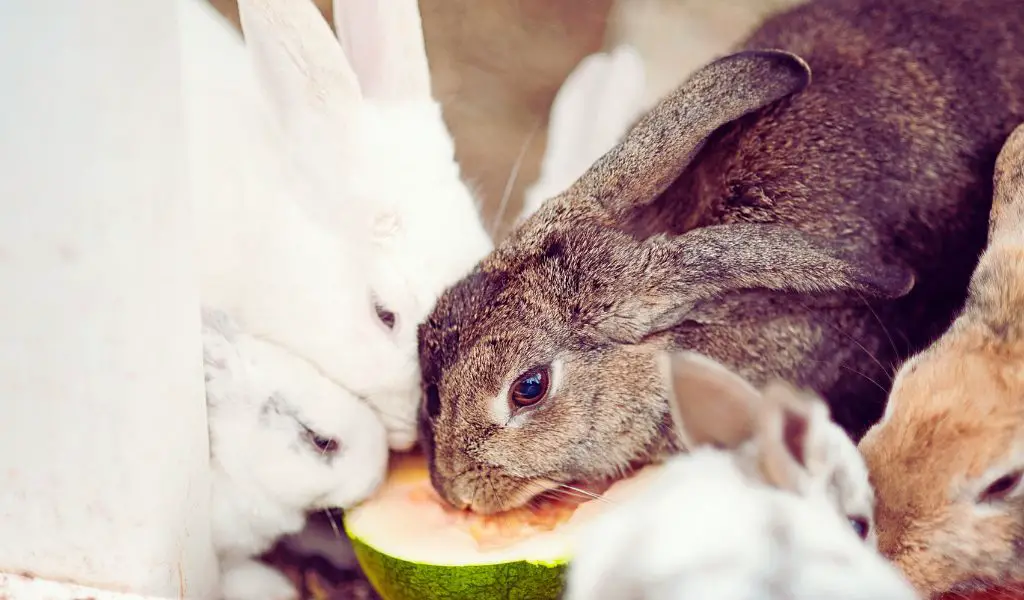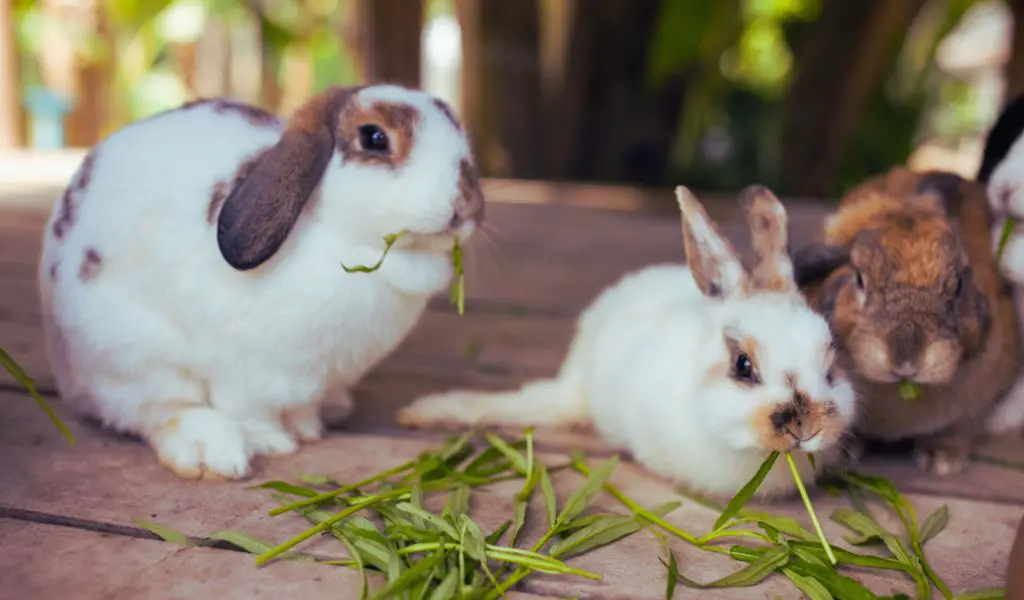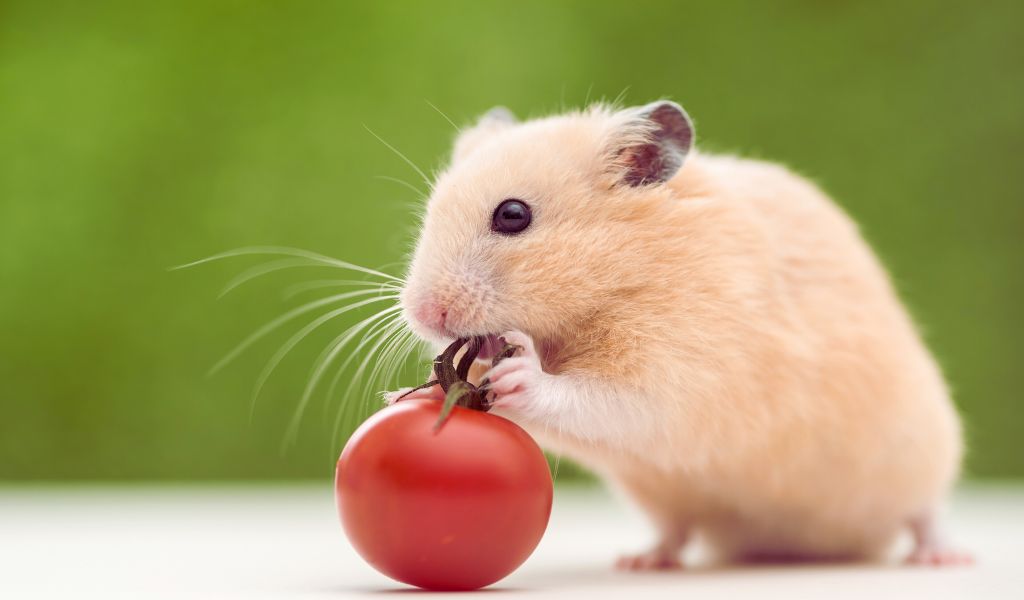Rabbits, with their delicate digestive systems and specific dietary needs, require a balanced diet to thrive.
Introducing new foods into your rabbit’s diet isn’t just about offering variety, it’s a critical step towards ensuring they receive all the necessary nutrients for a long, healthy life.
This comprehensive guide is designed to navigate the process of enriching your rabbit’s diet, backed by expertise and a deep understanding of rabbit nutrition.
Understanding Your Rabbit’s Dietary Needs
A rabbit’s diet should be a well-thought-out blend of hay, fresh vegetables, a limited amount of fruit, and plenty of clean water.
Hay, particularly Timothy, grass, and oat hay, should make up the bulk of their diet, providing the necessary fiber for digestive health.
Fresh vegetables offer vitamins and minerals, while fruits, due to their high sugar content, should be given sparingly as treats.

The Importance of a Gradual Introduction
Rapid dietary changes can upset a rabbit’s sensitive digestive system, leading to health issues such as diarrea or GI stasis.
When introducing new foods, it’s crucial to do so gradually, over several weeks.
Start with small amounts of a single new food and observe your rabbit for any signs of digestive discomfort or allergic reactions.
If all seems well after a week, you can consider adding another new item to their diet.
How to Introduce New Foods to Your Rabbit’s Diet
- Start Small: Begin by offering a small piece of the new food and wait 24 hours to monitor for any adverse reactions.
- Observe: Keep an eye on your rabbit’s stool and overall behavior. Any sign of diarrea or lethargy warrants a pause and reassessment.
- Increase Gradually: If your rabbit tolerates the new food well, you can gradually increase the amount over the next few days to a week.
- Variety: Once your rabbit is used to one new food, you can start the process again with another. Aim for a diverse diet that mimics their natural foraging behavior.

Choosing the Right Foods for Your Rabbit
When selecting vegetables, opt for leafy greens like romaine lettuce, kale, and spinach, but introduce spinach and kale gradually due to their higher oxalic acid content.
Safe fruits include apples (without seeds), berries, and melon in small quantities.
Avoid starchy vegetables, like potatoes and corn, and any plants that are high in oxalic acid when introducing new foods regularly.
The Role of Hay in Your Rabbit’s Diet
Hay isn’t just a dietary staple for rabbits; it’s essential for their dental health, providing the necessary roughage to wear down their constantly growing teeth.
Offer a constant supply of fresh hay, and use it as an opportunity to introduce variety, mixing different types of hay to keep your rabbit interested and engaged.
Incorporating Fresh Greens
Fresh greens not only provide essential nutrients but also hydration.
Include a variety of greens daily, and always wash them thoroughly to remove any pesticides or contaminants.
Limit vegetables high in calcium, such as parsley and spinach, to avoid urinary issues.
The Importance of Water
A rabbit’s water intake is crucial for their health, aiding digestion and nutrient absorption.
Ensure your rabbit has constant access to fresh, clean water, changing it daily and cleaning the bottle or bowl regularly to encourage drinking.
Supplements and Treats
While the focus should be on a balanced, natural diet, certain supplements might be necessary, especially for indoor rabbits with limited sunlight exposure, requiring vitamin D supplementation.
Treats should be given sparingly, focusing on healthy options like small pieces of fruit or special rabbit treats from pet stores.

Common Mistakes When Introducing New Foods
A common mistake is introducing too many new foods at once, which can overwhelm your rabbit’s digestive system.
Also, neglecting the importance of hay and water in their diet can lead to serious health issues.
Always prioritize a gradual, monitored introduction of new foods to avoid these pitfalls.
Observing Your Rabbit’s Health
Be vigilant about your rabbit’s health during dietary changes. Signs of digestive distress include changes in stool consistency, reduced appetite, or lethargy.
If you notice any of these signs, revert to their original diet and consult a veterinarian.
Incorporating new foods into your rabbit’s diet enriches their nutritional intake and enhances their overall well-being.
By following this guide, you’ll ensure your furry friend enjoys a diverse, balanced diet tailored to their unique needs, laying the foundation for a healthy, happy life together.
Frequently Asked Questions
What are the best vegetables to introduce to my rabbit’s diet?
Leafy greens like romaine lettuce, bok choy, and arugula are excellent choices for their low oxalic acid content and nutritional benefits.
How often should I introduce new foods to my rabbit?
Introduce one new food at a time and wait at least a week before adding another to ensure your rabbit adjusts well to each new item.
Can rabbits eat fruits every day?
Fruits should be treated as treats due to their high sugar content, offered sparingly a few times a week in small amounts.
What signs of digestive distress should I look for?
Watch for diarrea, changes in stool size or consistency, reduced appetite, or lethargy, and consult a vet if any of these signs persist.
How much water does my rabbit need?
Rabbits should have unlimited access to fresh water daily, as their intake can vary based on diet, activity level, and environmental conditions.
Can I feed my rabbit commercially available treats?
Yes, but choose treats specifically designed for rabbits and offer them sparingly to prevent obesity and digestive issues.
The Benefits of a Varied Diet for Rabbits
Introducing new foods to your rabbit’s diet is a rewarding process that enhances their quality of life.
It not only ensures they receive all the necessary nutrients but also adds enjoyment to their daily routine.
With patience, observation, and a commitment to their well-being, you can provide your rabbit with a diverse and nutritious diet that supports their health and happiness for years to come.





